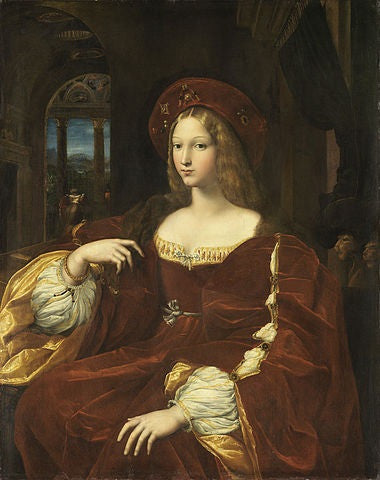
The Duchess of Malfi
£14.95
One of the key aspects of the new Edexcel AS level (which will be taught from September 2008) is that it involves the study of plays as opposed to devised drama and improvisation. The new Unit 1 has two important differences from its predecessor:
- The requirement to study at least one of the two plays in the light of
a recognised theatre practitioner - The inclusion of the study of a piece of live theatre which could be
one of the playtexts studied in the unit.
Another key point to remember is that unlike the old AS, the two plays in Unit 1 must now form a contrast, either in terms of their period or genre. Many of the most successful aspects of the old AS are retained. The focus of the exploration is on practical drama work and the aim is to study how written plays can be realised in performance. The plays must be explored actively and although 40% of the marks for this unit are for the written Exploration Notes, these must give evidence of the practical activities which have been undertaken.
In this scheme of work, students will explore a classic Jacobean play, The Duchess of Malfi by John Webster, in the light of the ideas and theories of Antonin Artaud. The play remains one of the most popular tragedies of the period and there have been several notable recent productions. Webster uses some of the key elements of revenge tragedy in retelling the gory story of the Duchess and her brothers, and there is considerable scope for students to consider ways of realising the characters and setting on stage.
The language of the play is particularly powerful and gives students the opportunity to tackle highly expressive verse which will not be as familiar to them as a Shakespearean text. Artaud is perhaps the most engaging of practitioners for young people. His anarchic approach to theatre remains as challenging to our preconceptions of performance as when it was first developed, and his ideas are provoking and exciting with clear relevance to much that is happening in contemporary theatre. Importantly, Artaud’s collection of essays, The Theatre and Its Double, is sufficiently short to make it possible for AS students to read in its entirety, and can be studied section by section.
Artaud’s references to John Ford’s Tis Pity She’s a Whore in ‘Theatre and the Plague’ make a clear link between his vision of theatre and the darkness and violence of Jacobean revenge tragedy. This makes him the obvious choice of practitioner in considering the staging of The Duchess of Malfi. Ford’s themes of lust, incest, murder, betrayal and bloodshed, which Artaud revels in, are equally present in Webster’s writing. Although Artaud had a dismissive attitude to the veneration in which canonical ‘masterpieces’ are held, because he claimed they were ‘set in forms no longer answering to the needs of the times’, he did propose to stage Elizabethan plays, albeit ‘stripped of the lines, retaining only their period machinery, situations, characters and plot’. The challenge lies in finding ways in which The Duchess of Malfi can still answer an audience’s needs.
Learning objectives:
- To explore the use of language, structure and characterisation
in The Duchess of Malfi - To explore the potential for staging the play
- To explore the social, cultural, historical and political elements
of the play - To make interpretations of the play and learn how to
communicate them to an audience - To consider the use of movement, vocal expression, sound,
light, costume, masks, props and setting - To consider the ways in which the play has interest for
a present-day audience - To record their practical findings in their exploration notes,
using appropriate drama and theatre terms and concepts - To explore the play in light of Artaud’s ideas for the theatre.
Number of schemes: n/a




